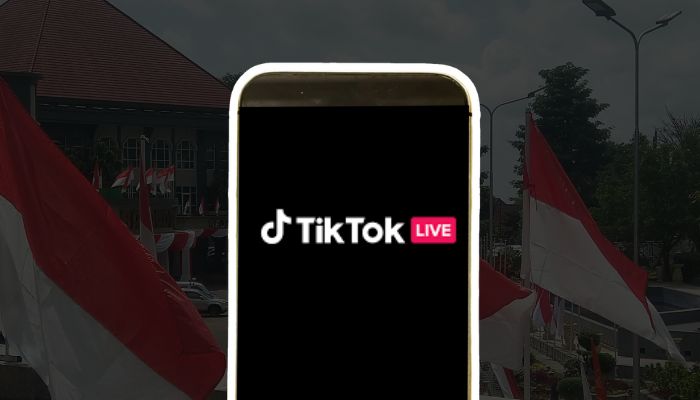As the ongoing tech war between China and the United States intensifies, this year’s Semicon China, one of the semiconductor industry’s largest events, is showcasing a notable absence of major US chip equipment companies. Despite sponsorship from industry giants like Lam Research and Applied Materials for the second year running, their decision not to physically attend the Shanghai-based trade fair underscores the challenges faced by American firms in the current geopolitical climate.
KLA, a crucial US supplier of semiconductor defect inspection and metrology systems, stands out as the lone big US tool company with a visible presence at the event, both as an exhibitor and sponsor. Meanwhile, US memory chip giant Micron, grappling with Chinese trade restrictions, opted for sponsorship without setting up a booth to showcase its latest products.
Geopolitical tensions and stringent US export controls have limited China’s access to advanced chips like the H100 and A100 graphics processing units from US-based Nvidia. Nonetheless, China is making significant strides in ramping up local production of legacy chips, particularly those used in automotive and household appliances, to meet domestic demand.
A sales manager at Unicorn, a Shanghai-based distribution partner of KLA systems, revealed that many US tool companies prefer to keep a low profile at events like Semicon China to avoid attracting unwanted attention from Washington. Speaking on condition of anonymity, she emphasized the delicate balance these companies must strike in navigating the complex political landscape.
While US companies remain cautious, Semicon China has successfully attracted numerous Japanese firms, including Tokyo Electron and Canon Optical Industrial Equipment, which play crucial roles in supporting Chinese foundries.
Notably absent from this year’s event is Dutch lithographic systems maker ASML, which has faced mounting pressure from the US not to supply its cutting-edge technology to Chinese customers. Similarly, Cymer, a US company providing light sources for ASML, has also chosen to skip this year’s event, despite both companies exhibiting last year.
The majority of exhibitors at Semicon China are from mainland China, focusing on semiconductor manufacturing equipment and materials. Chinese companies like Naura Technology Group and Advanced Micro-Fabrication Equipment (AMEC), specializing in etching and deposition tools, have attracted significant attention from visitors.
In response to potential US sanctions, Chinese domestic foundries are strengthening their partnerships with Naura to secure crucial parts and machinery for production continuity. AMEC, which saw a more than 30% increase in sales in 2023 driven by mainland semiconductor fabs, aims to replace 80% of restricted, imported parts domestically by the end of 2023, with a goal of 100% replacement by 2024.
Semicon China serves as a microcosm of the broader geopolitical tensions affecting the semiconductor industry, highlighting the complex interplay between technological advancement, trade restrictions, and global supply chains. As the tech war rages on, the industry remains on high alert, navigating a landscape fraught with uncertainty and geopolitical risks.
(Source: SCMP)







